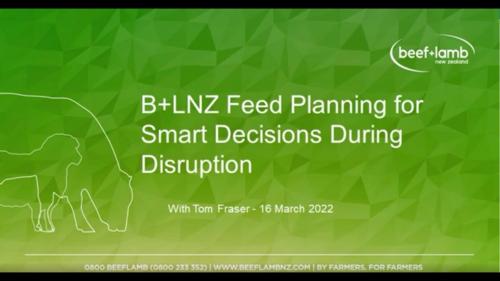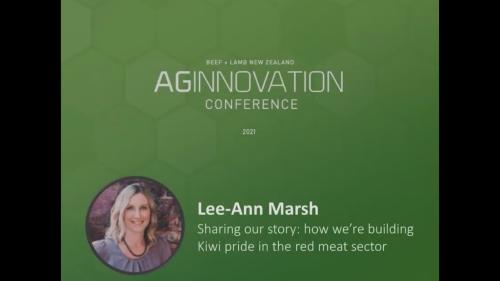Search results
Displaying 191 - 200 results of 1223
- VideoIn the final part of B+LNZ’s Feed Planning webinar Tom will take you through some key things to consider as you make decisions to resolve any concerns you may have around feed supply on …
- Factsheet… factsheet february 2023 hill country pasture growth limited availability nitrogen … can applied strategically increase grass growth when rains after dry period can also … used colder winter conditions when legumes growing increase early spring feed supply …
- Factsheet… produces same loss dry matter poor pasture growth year similar strategies can used offset … regrassing slip scar therefore you decide resow keep costs low 3 4 5 yes pasture density … yes when soil dry enough machinery undersow short term ryegrass choice6 apply normal …
- Resource book… whether through loss body weight wool growth milk production numerous studies … daily intake ostertagia larvae anthelmintic growth young lambs adapted from coop 1982 … high low contaminated pasture includes newly sown pasture crops cattle areas drench move …
- Other PDF… spring covers would likely have lamb survival growth strategy has been measure know current … country 40 minutes west winton 250ha oversown tussock while remaining 560ha has been … due part very cold spring wet period around sowing key issue being faced present slow kill …
- Resource book… summary facial eczema caused spores fungus growing litter base sward release toxin which … spores fungus pithomyces chartarum which grows litter base pasture swallowed sheep … able replace any fesafe species option oversow spring lateflowering red clovers encourage …
- … out the different providers of training to grow your skills and knowledge. …
- PagePasture, supplementary feed and water can be contaminated with pests and diseases (including weeds) and introduce these onto your …
- NewsB+LNZ’s Women’s Rugby World Cup broadcast partnership reached 1.5 million New Zealanders throughout the competition, connecting beef and lamb to sport, pride, and performance. Learn more about the …

- VideoIn this short and engaging presentation, Lee-Ann Marsh, former Market Innovation Manager for Beef+ Lamb New Zealand will cover how the average Kiwi perceives our sector and what the industry is doing …

